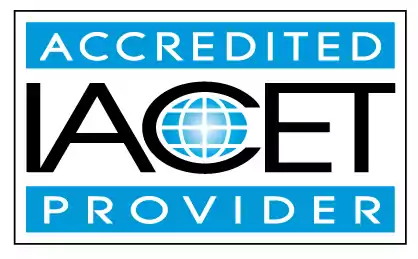Give examples regarding the prevention of illness in child care programs
Learn how to prevent illness in child care programs with examples and tips. Get information on the requirements of Child Care Subsidy (POC), Child and Adult Food Program, MSDE Child Care Credential, Tiered Reimbursement, and the Child Care Career and Professional Development Fund. Enhance your knowledge in early childhood education and child care centers to provide a safe and healthy environment for children.Trainings incorporating this outcome
CDA Subject Areas
Proficiency Level
Price
24 hours courses
10 hours courses
3 hours courses
2 hours courses
Related Outcomes
- Select examples regarding the prevention of illness in child care programs.
- Identify appropriate practice for the identification, prevention, and treatment of communicable diseases and illnesses in child care setting
- Identify responses to typical daily child care scenarios with solutions that are aligned with Child Care Regulations
- Demonstrate an understanding of and the benefits that are associated with program accreditation and the Child Care Credential program
- Give examples of strategies in responding to typical child care situations.
- Describe strategies and experiences to promote collaboration between child and youth care professionals and programs and other professionals involved in the care and education of all children and youth.
- Give examples of strategies to prevent traumatic brain injuries in infants and young children.
- Identify the different types of portfolios used in child care programs, and the appropriate portfolio components for each type.
- Identify practices for managing Illnesses, diseases, allergies, and medication in child care.
- Identify strategies for the child care provider that will promote successful child development.
- Give examples of strategies caregivers can use to ensure safe sleeping habits and the prevention of SIDS/SUIDS in infants.
- Identify strategies for the child care provider that will promote successful child development. Identify strategies for working with children with special needs
- Be able to give examples of appropriate child supervision
- Give examples of strategies caregivers can use to prevent biting.
- Give examples of strategies teachers can use to communicate with parents regarding challenging behaviors.
- Identify strategies and practices for preventing shaken baby syndrome and abusive head trauma in the child care setting
- Demonstrate an understanding of how ongoing preventive health and wellness care affects child development
- Give examples of ways to collaborate with other professionals involved in the care and education of all children and youth.
- Demonstrate an understanding of transitions within a child care program.
Related Articles
- Michigan Child Care Providers and the Child and Adult Care Food Program (CACFP)
- Maryland Child Care Training Voucher Program: Empowering Child Care Professionals
- California Child Care Resource Center (CCRC) Subsidized Child Care Payment Program
- Understanding the Requirements for Michigan Child Care Assistants in Family Child Care Homes
- Does Your Program Qualify for Child Care Food Program
- MSDE: Child Care Providers- H & H Child Care Training Center Is Here for You!
- Michigan Child Care Program Director Education and Training with ChildCareEd
- Georgia Child and Adult Care Food Program (CACFP)
- North Dakota and the Child and Adult Care Food Program
- Child and Adult Care Food Program in Texas
- The Child and Adult Care Food Program (CACFP) in New Jersey
- New Jersey Child Care Assistance Program (CCAP) Overview
- Why Child Care Programs Should Aim for Georgia Quality Rated Status
- ASTHMA AND ALLERGIES Caring for Children with Asthma and Allergies in Child Care Facilities
- The Child and Adult Care Food Program (CACFP) in California
- Maryland Child Care Credential Program: What is a PAU?
- Family Child Care/ Home Daycares Eligible for MD Child Scholarship Funding
- Child Care Financial Assistance Programs in Massachusetts
- COMMONLY ASKED QUESTIONS ABOUT CHILD CARE PROGRAMS AND THE AMERICANS WITH DISABILITIES ACT
- Marketing Your Family Child Care Program
 2.4 CEUs
2.4 CEUs